Fencing Options
Hi, I’m Curt Visser, the owner of Property Revolution. Today we’re going to take a few moments to talk about some of the options that we have when it comes to fencing for your home or business.
At Property Revolution, we make many different types of fences.
Part of the decision-making process is understanding what options are available.
CHAIN LINK FENCING
ALUMINUM FENCING
The next type of fencing we’re going to talk about, we’ll call “decorative” aluminum.
A lot of people will refer to this as wrought iron. It looks like wrought iron fence, but it is made of aluminum.
This fencing comes in all sorts of styles and heights, but the ones you’ll see most often are around 48 inches and 55 inches tall. It’s a popular choice for pool areas because it acts as both a safety barrier and a great way to keep an eye on things. With its see-through design, you can easily monitor what’s happening, especially when the kids are out playing in the backyard.
Here’s something important to consider when installing an aluminum fence around your pool enclosure: certain heights require specific combinations of support bars to meet safety standards. For instance, a 55-inch tall pool fence like this one is pool-code compliant. However, if you opt for a 48-inch version with three bars, it wouldn’t meet compliance because there’s a risk someone could use the supports as leverage to hop over. Pool code regulations aim to prevent accidents, such as children from neighboring properties accessing your pool area unsupervised. So, it’s crucial to ensure your fence adheres to pool code standards when enclosing a pool.
These fences are impressive. We install them in many neighborhoods, offering a sleek look, especially if you’re open to spending a bit more than you would on a chain-link fence. They’re low-maintenance and easy to trim underneath, making lawn maintenance a breeze. Plus, they’re built to last.
WOOD FENCING
Now, let’s discuss wood fencing. Pictured here is a sample of a standard wood privacy fence, standing at six
feet tall. It features what we call a dog ear picket. This type of fence makes up about 60% of our installations due to its popularity. We purchase materials in large quantities and assemble them on-site, making it fairly economical. Wood fencing is excellent for privacy since it’s not see-through, making it ideal for creating boundaries between neighbors.
And it’s moderately simple to maintain.
It’s worth noting that wood fencing does require maintenance, so that’s something to consider. While wood may be more affordable upfront compared to other options, it does involve a bit of upkeep. You’ll want to stain or paint it every few years to maintain its appearance and durability.
We also have another video on YouTube that can help you determine when it’s time to stain your fence. Checking out that video will give you a good idea of whether your wood fence is due for staining. Here’s the link: https://youtu.be/RCVyrYHKinw
There are a few other material options available besides basic treated wood. For a step up, we can use cedar pickets, which offer a nicer look and feel. Additionally, there are various patterns for installing the pickets. One popular style is the alternating Dog Ear pattern. Another option is the board-on-board style, where the boards overlap completely, ensuring no visibility through the fence. Another option you can do is add lattice fencing at the top.
As I mentioned, there’s quite a variety of variations on the same basic fence design. So, if you spot something unique that catches your eye while you’re out and about, I suggest snapping some pictures. Whether it’s while driving around or browsing Pinterest, capturing images of fence designs you like will be helpful when you sit down to plan your project. Sharing these pictures with whoever is assisting you will give them a clear idea of what you’re envisioning for your fence.
VINYL FENCING
Another popular style is vinyl fencing. White vinyl fencing is a common choice, but vinyl fencing comes in many styles. Some have vertical balusters or lattice fencing along the top. They’re available in heights ranging from three to six feet, and sometimes we use tan or beige based on the client’s preference. However, the most commonly manufactured items are typically the most cost-effective. For instance, white vinyl is usually more cost-effective than beige because it’s produced in larger batches.
So those are the main options available when it comes to fencing. While there are some other unique designs and styles out there, these are the ones we typically install about 90 to 95% of the time. If you have any questions about these styles or want to explore your options for fencing your yard, don’t hesitate to reach out. We’re here to help!
Property Revolution
Call or Text 616-315-2777
IF YOU WANT QUALITY SERVICE AND PROFESSIONALISM CALL US TODAY AT 616-315-2777
Trusted Products · Trusted Brands · Trusted Contractors
Let’s Revolutionize Your Home
Your home is more than just a place—it’s your sanctuary. It’s where you find peace, comfort, and a sense of belonging. But over time, even the most well-loved homes can start to show signs of wear. Whether it’s the roof that’s no longer keeping you as safe as it should, a deck that’s in need of a makeover, or outdated siding that’s losing its charm, the way your home looks and feels plays a crucial role in how you experience life within it.
Honest. Efficient. Reliable. Quality.



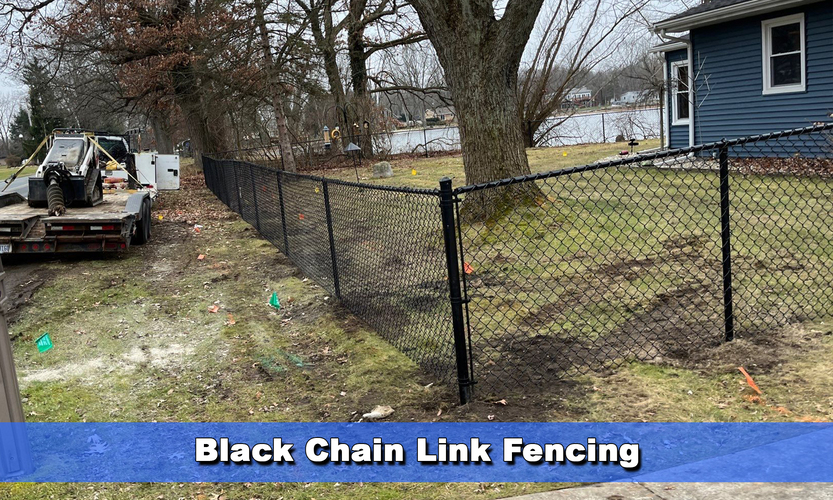
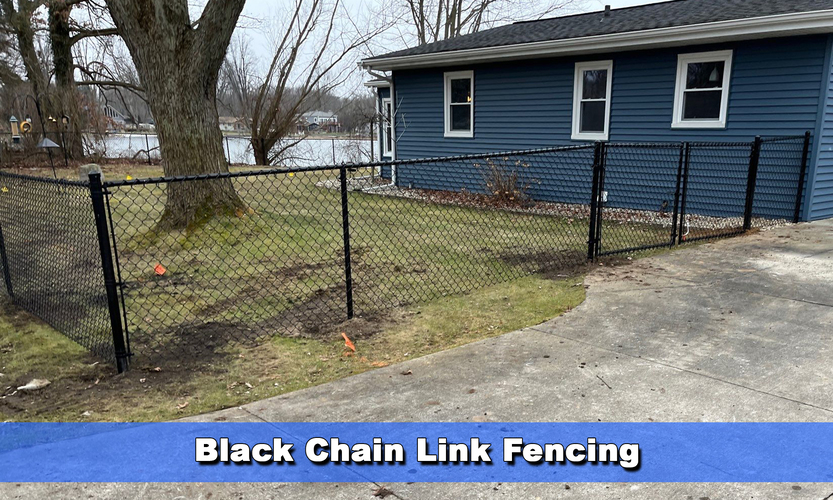
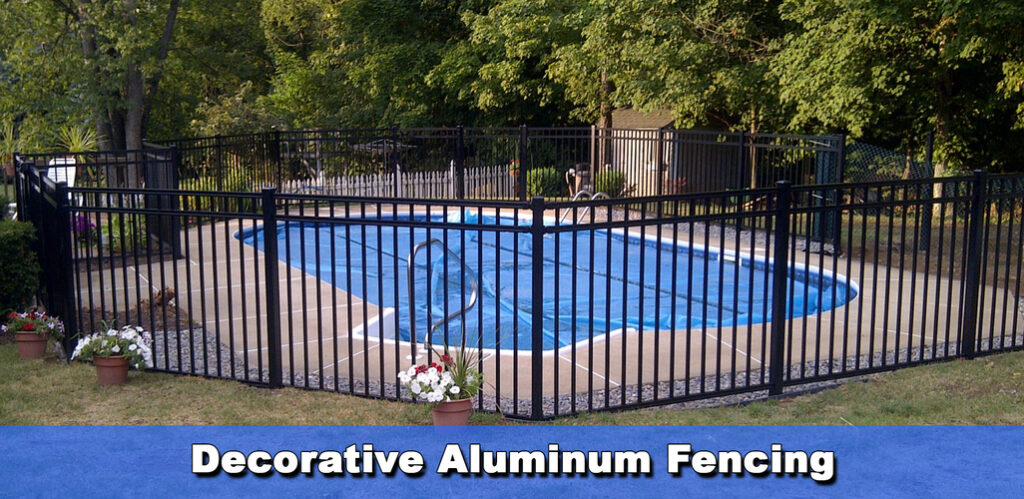

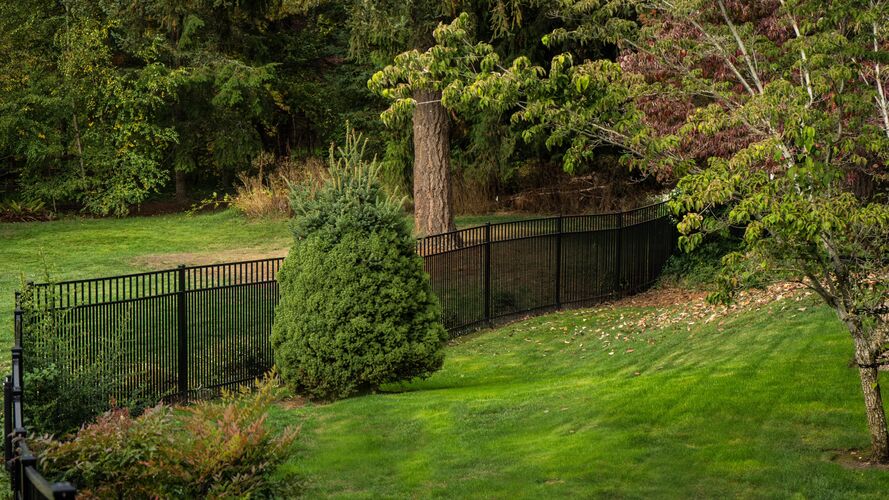
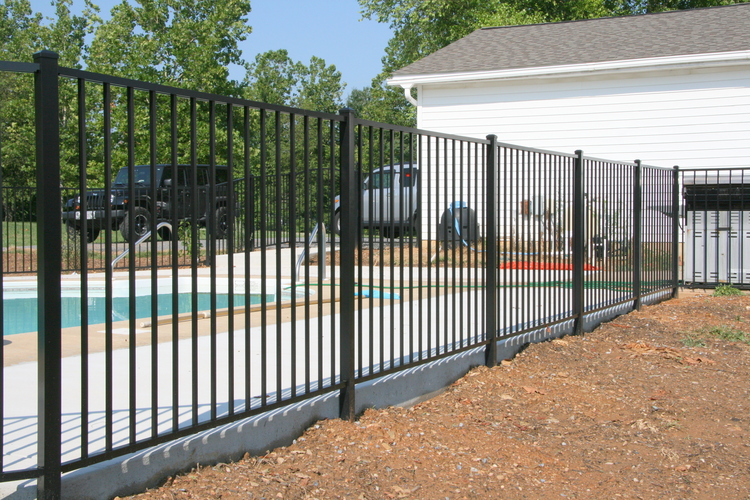
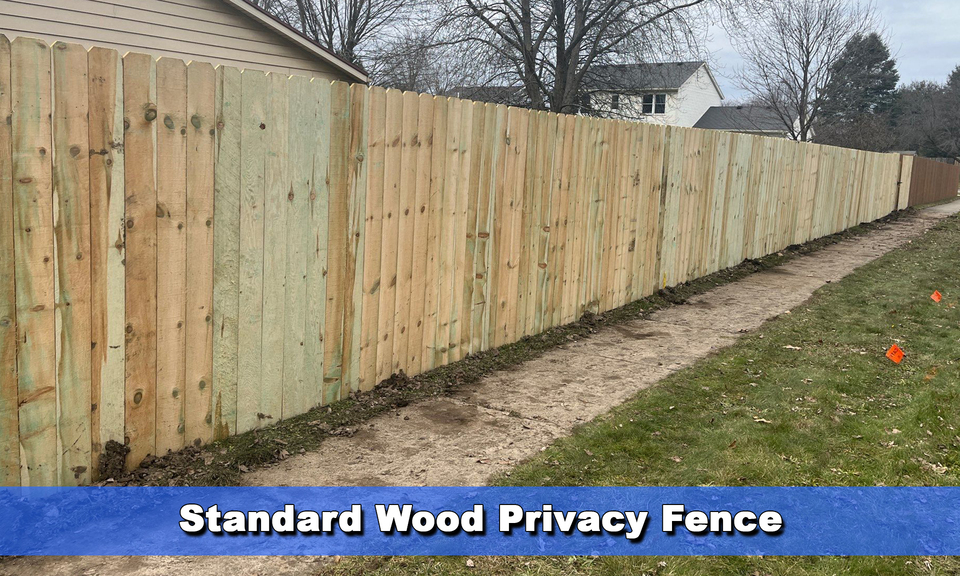
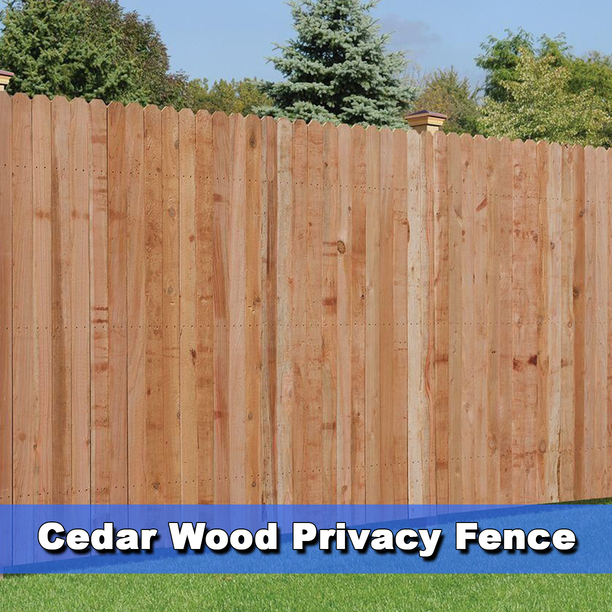


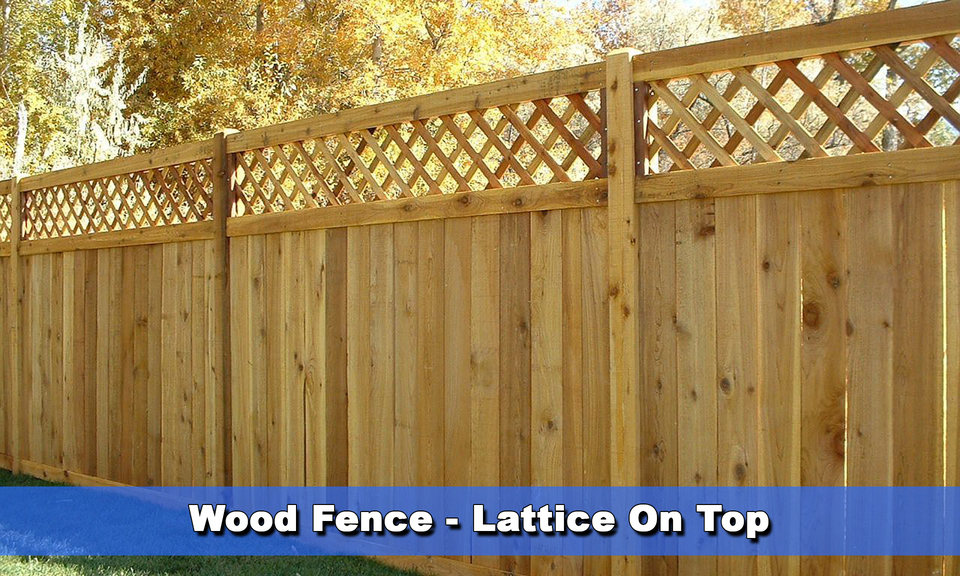

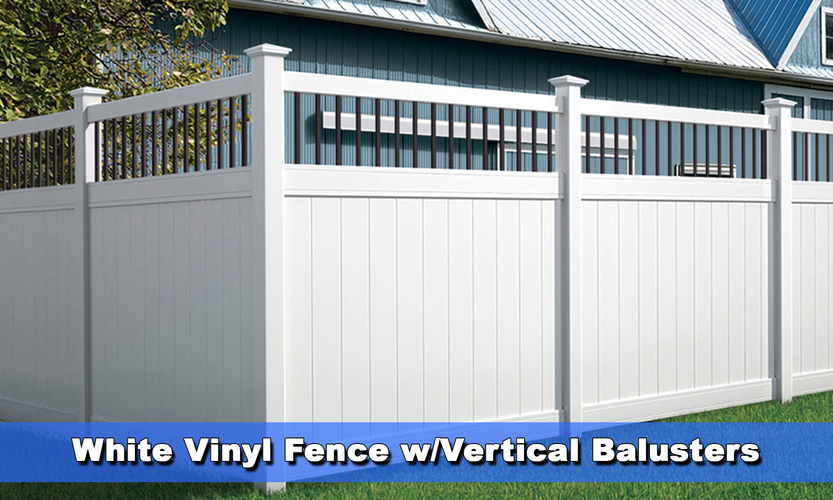
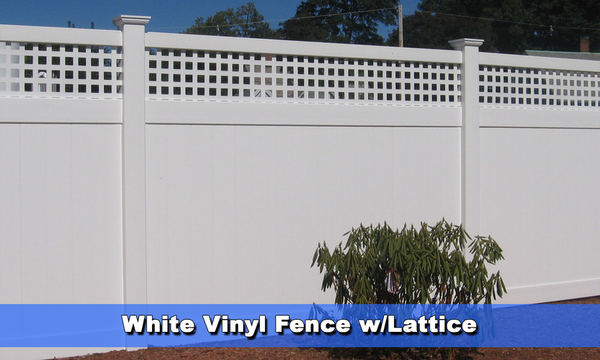
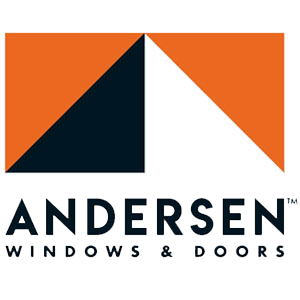

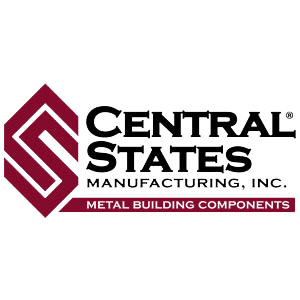

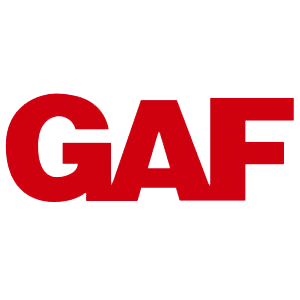




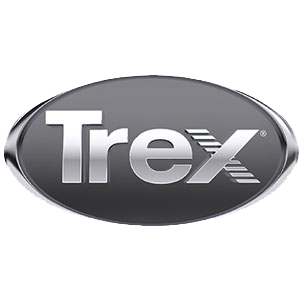


Leave A Comment